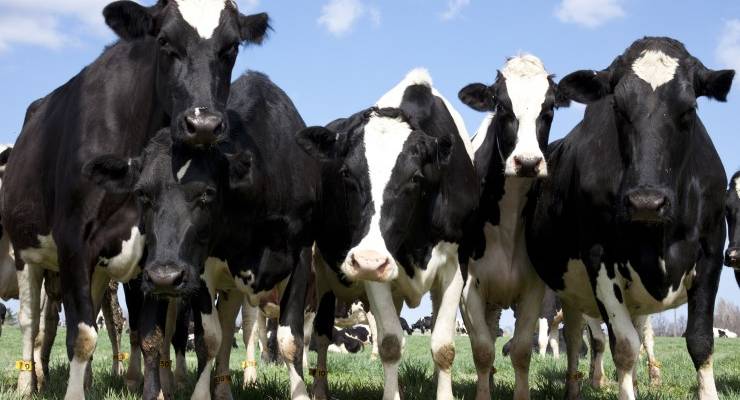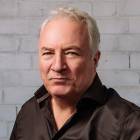
For more than a year, the concept of herd immunity against COVID-19 has fuelled political and economic debate across the world. The idea: when a sufficient number of people achieve medically induced or natural immunity, we can all go about our business and even open up the borders.
Here’s a definition: herd immunity occurs when a large portion of a community (the herd) becomes immune to a disease, making the spread of disease from person to person unlikely. As a result, the whole community becomes protected — not just those who are immune.
But we now have an Australian contribution to the debate thanks to the newish boss of Virgin, Jayne Hrdlicka, the most senior business figure to make the case that borders need to open even if “some people may die”.
So what might “Hrdlicka immunity” look like? Crikey asked economist Richard Holden to turn his mind to it.
Here’s what he came up with: “Hrdlicka immunity is defined as: Virgin Australia segments flow * (1-mRNA vaccination rate) * R0<1.”
To spell out the idea in more detail:
- Virgin Australia segments flow is the average number of Virgin flights per person
- (1-mRNA vaccination rate) is the proportion of the population susceptible to infection since that proportion haven’t had Pfizer or Moderna vaccine. That assumes Pfizer/Moderna are 100% effective, which is close enough, and assumes AstraZeneca doesn’t help — which is not right but works as an implicit simplification
- R0 is the basic reproduction number of the virus. We need that product to be less than 1 to achieve herd immunity.
Of course, as Holden notes, the gloss here is we are assuming that only people flying on Virgin might infect others or be infected with COVID-19. Which is obviously cute, if not a tad contrived.








Given Peter has been the editor approving the publication of Dr. Adam Schwab M.D.’s expert medical opinions in his COVID articles for the last 18 months… it’s no surprise he has reached for an economist as an expert regarding herd immunity.
Love “herd” immunity not population immunity. You know like cattle not people.
Same same Human”Resources”Manager, not the same as Personnel Manager.
You are not a human unless you’re rich or “important”.
“… herd immunity occurs when a large portion of a community (the herd) becomes immune to a disease, making the spread of disease from person to person unlikely. …”
The “disease” is COVID-19. The virus is SARS-Cov-2.The vaccines will not prevent someone from being infected with the SARS-Cov-2 virus, but they will suppress the symptoms of COVID-19 to some extent (maybe 100% in fortunate cases).
But someone who has been vaccinated can still be infected with the virus. If they are a-symptomatic, they probably won’t be coughing, so they won’t blast droplets into the air. On the other hand, they won’t know they have the disease, so they won’t be taking masking and distancing precautions.
What’s more, people infected with the virus – symptomatic or not – will have the virus multiplying and replicating (and mutating) in their bodies. So we are just as likely to see more infectious variants arise in vaccinated people without symptoms as we are to see them in people exhibiting serious symptoms.
Now, that’s as I understand it. Please let me know if I am wrong.
I would think that by being vaccinated you would fight the infection off quickly and stop spreading it sooner than a non vaccinated person.
Ms Hrdlicka is right and even though she tried to sweeten her message by adding a comparison to deaths from flu into the same sentence, the starkness of her message has hit home.
I am waiting now for headline-seeking journalists to ask her to specify a number that will be acceptable and then how that number would be divided between the States.
She has bitten the bullet that many others who think the same way have been too cowardly to do. Interestingly – and Crikey seems to have missed this oddity – it is not just business that wants the borders open, it’s also many Australians on the political right who would never ordinarily allow themselves to be seen aligned with “big business”.
It is abundantly clear that the corporate ladder rewards sociopaths & psychopaths. Here is yet another example. Will the IPA hardlicker volunteer her family for the sacrifice?